In the Autumn of 2019, the co-directors of BRIDGE, Jade Manbodh and Zach Ropel-Morski, had the first of many meetings with the Cambridge Art Galleries to plan out what was to be their second collaborative art project. After bringing on Kate Brownlie, Nicole Rak and Zaven Titizian, the team spent five months spent developing a vision for the project, releasing a call for submission, reviewing proposals, conducting interviews, finalizing artists and writing up contracts, we got the call:
“I’m sorry. We can’t do this anymore. It’s not you. It’s the pandemic”
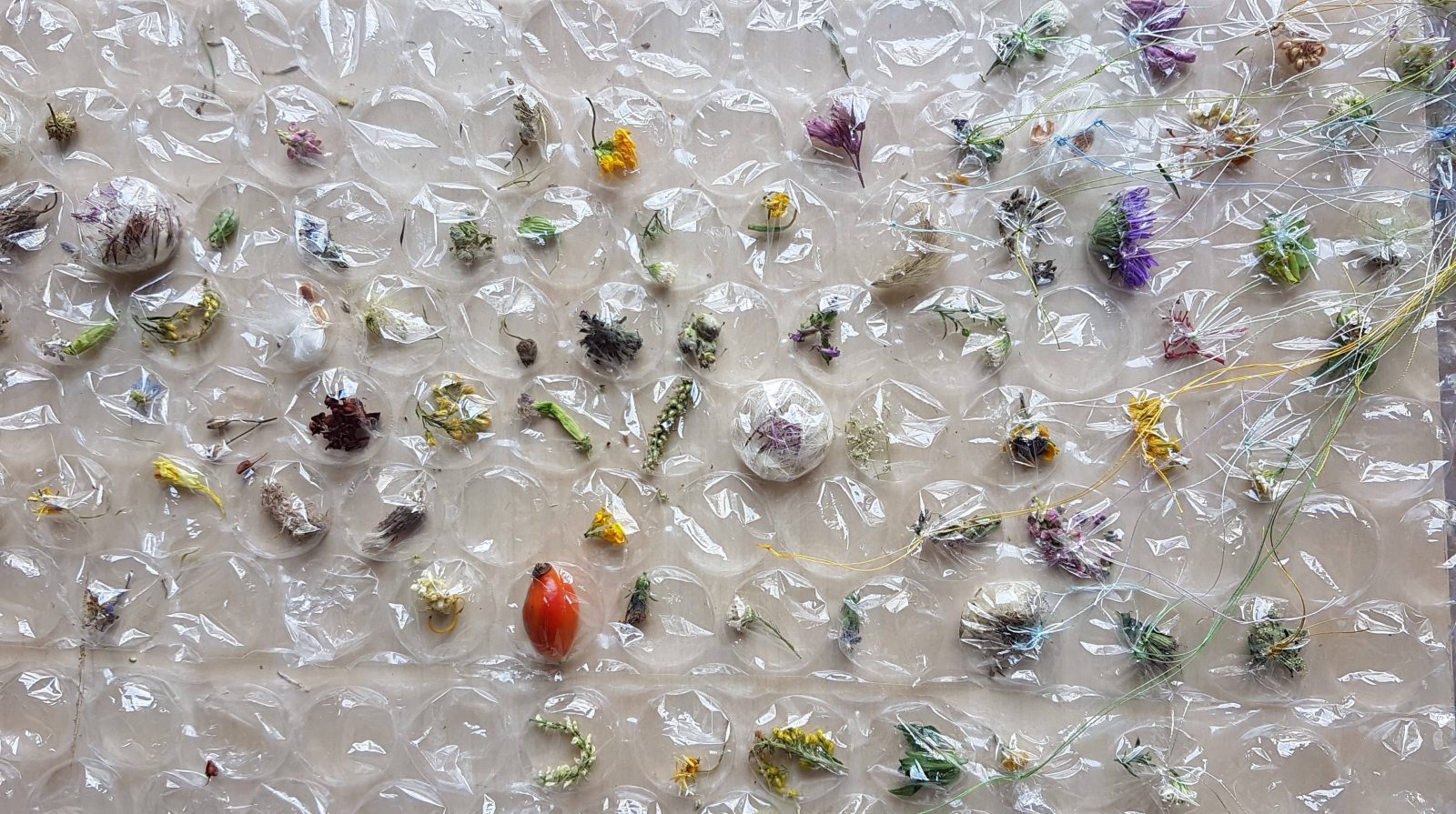
It was late March and the world had been stalled by the growing effects of the COVID-19 pandemic. Like the majority of you reading, we too were affected. The team had already undergone two major revamps of the project to accommodate social distancing and safe engagement. We were on our last leg when the Cambridge Art Gallery was forced to pull out of the collaboration, leaving BRIDGE with two courses of action:
- Cut our losses and try to move on
- Buckle down and follow through independently as best as possible
Needless to say, the team chose the second option.
You may ask: Why did five architecture students, with no to little experience in community engagement and curation decide to follow through? We thought, now more than ever, it was important to foster a sense of community through safe interaction. It was important to rediscover the land through engaging activities and discourse. It was important to consider the reciprocal relationships between people and place.
The Overview
Everywhere we go, people leave marks on the land. From fences to footpaths, contaminated to cultivated soil, each mark tells an intricate environmental, social, and cultural story, describing our relationship not only with the natural world, but the people we share it with. Learning to read and participate in these conversations is essential in reconsidering the ways in which we take from and give back to the land. In our new socially distanced reality relationships to the land have taken on a special significance as many of us become better acquainted with our immediate surroundings and the flora and fauna we live alongside. Plant growth, from the scale of the backyard to that of industrial farms holds a central role in both the marking and demarcation of land. How can we better understand these narratives and learn to foster reciprocity with the land we live on?
Land Marks is a community-centric art project that challenges us to consider our relationship with the land we live on through the marks we make, and the responses we receive. These conversations narrate a history of contradictions; relationships of stewardship and exploitation, place making and alienation, and inhabitation and dispossession can all be read on the land. Centering conversations around native plant species, Indigenous land practices, food security, and urban growth, this series of exhibitions, workshops, and symposia, curated by the BRIDGE Centre for Architecture + Design, prompts us to consider regenerative processes that we might implement in the pursuit of a more harmonious relationship with the land that gives us life.
The team is led by five Waterloo graduate students currently completing their Masters degrees in Architecture: Kate Brownlie, Jade Manbodh, Nicole Rak, Zach Ropel-Morski and Zaven Titizian. We come from a range of different research focuses but all feel passionately about connecting our school with the greater Cambridge community through art, events, and continued collaboration with local groups.
The Window Exhibition
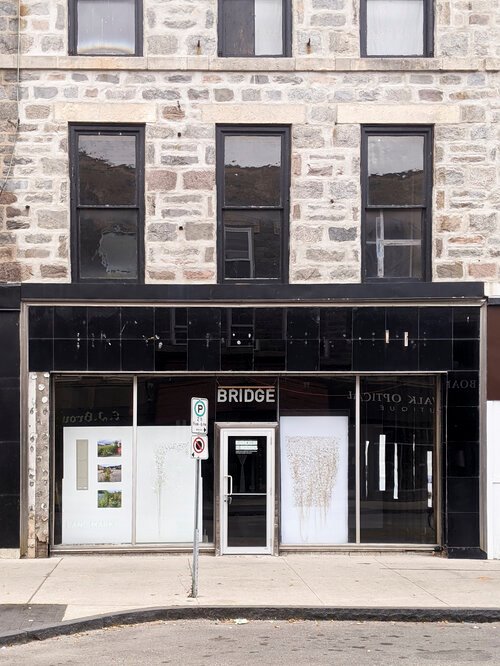
Land Marks travels between two physical homes in Cambridge, Ontario: the BRIDGE Storefront (35-37 Main Street) and the Design at Riverside Gallery (7 Melville Street South).
During September 2020, our storefront transformed into a walk by exhibition of In Wilderness is the Preservation of the World including a peak into the studio space for featured artist Angela Marsh. The Quebec-based artist spent a week in Cambridge collecting over 84 different plant species from abandoned parking lots, finding their cultural significance, and sewing them into a bubble wrap tapestry. From this, Angela and the team filmed a plant drawing workshop for community members and art students of Southwood Secondary School.
As of October 08, 2020, all collected work from community participants will be installed at the Design at Riverside Gallery. The exhibition will include work from featured artist Angela Marsh and local artist Ioana Dragmir as well as dozens of collected plant drawings and cyanotype collages.
The Last Words
The team would like to extend a big thank you to staff and faculty at the University of Waterloo school of Architecture who have provided help and guidance from day one, as well as to all our artists and speakers who’s care and time made the Land Marks project possible. We would also like to thank all the community members and who participated in the Land Marks projects and events. It was a pleasure to work with you all!
An online archive of workshops, discussions and submissions will be uploaded to our website.
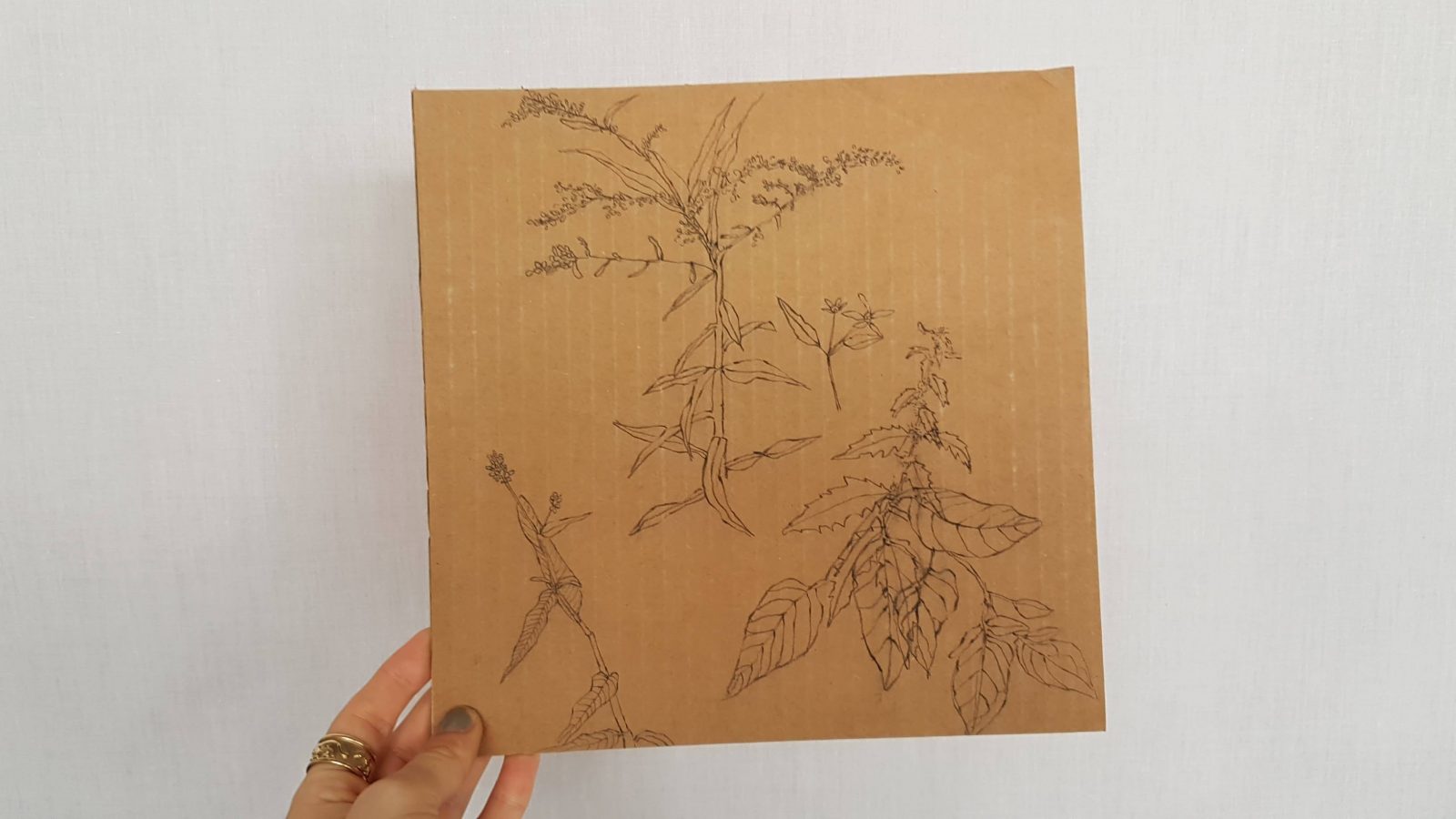


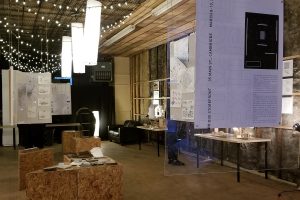
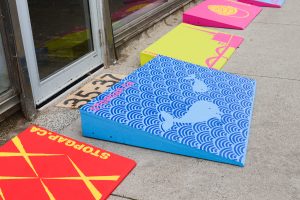
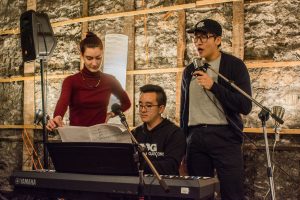
Leave a Reply